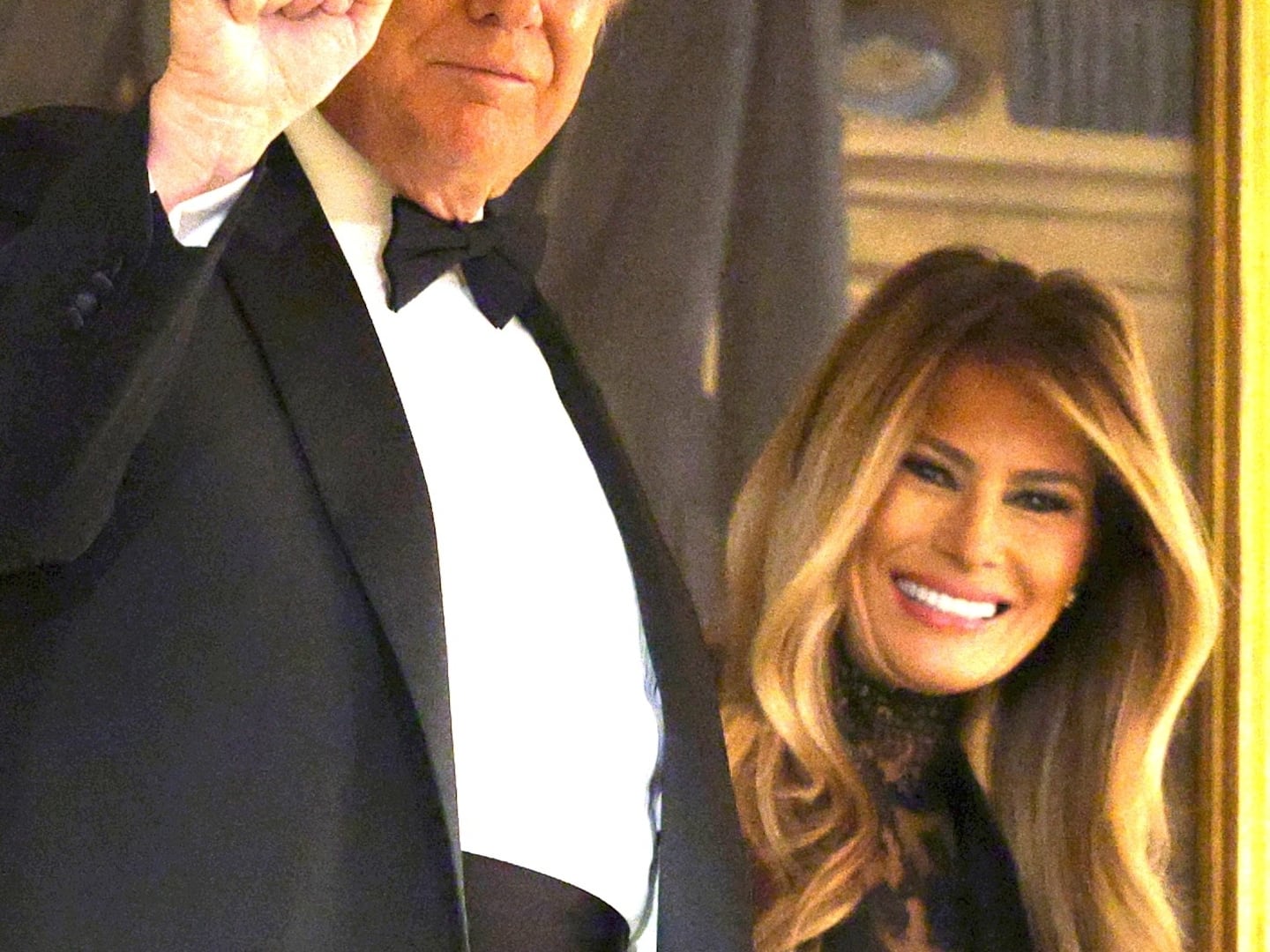This Sunday, The New York Times’ saucy city aunt Maureen Dowd wrote on the #MeToo movement’s effect on Capitol Hill, offering tepid encouragement and optimism for the women who are finally stepping forward.
“There is rough justice in this initial barrage of j’accuses, before people work out a hierarchy of sins and due process,” Dowd writes sagely. “That may stem from the decades when so many women accusers—from Anita Hill to Bill Clinton’s inamorata and prey—were treated as collateral damage, smeared and pushed aside so that the careers of powerful men could be preserved.”
That anybody who was a working opinion writer in the 1990s would passivize the abuse hurled at women who accused Bill Clinton of misconduct is obtuse. That Maureen Dowd of all people would do it is downright brazen. Bill Clinton’s “inamorata and prey” weren’t “treated as collateral damage, smeared and pushed aside” by an invisible assailant. They were abused by a complicit news media, of which Dowd was a gleeful participant.
Dowd won a Pulitzer Prize for her commentary on the Bill Clinton-Monica Lewinsky scandal and all its cultural tentacles. And her work from 1998 is useful as a historical document, a way for the American people to see just how fucked up the whole country was being in attacking a very young woman who had engaged in a sexual relationship with a much more powerful, much older man. Why were women who had endured sexual misconduct afraid of being slandered for coming forward? Because Maureen Dowd showed them what it would look like.
Dowd focused her ire on all parties in the Clinton scandal, from Kenneth Starr to Hillary Clinton. But her treatment of Lewinsky, at times, went far beyond what could acceptably pass as “satire” into something that feels more like cruelty. In attempting to satirize the unfolding scandal, Dowd’s take on Lewinsky took on a life of its own, ultimately forging and reinforcing stereotypes rather than challenging them.
In a Jan. 28, 1998, column, Dowd noted that the Clintons couldn’t decide whether to smear Monica as a stalker or a silly little girl, a “high school kid waiting outside her boyfriend’s biology class.” In her next column, she noted the former White House intern “has been painted as more mall rat than policy wonk, a Valley Girl more absorbed by the expansion of her waist than by the expansion of NATO, more concerned with waxing eyebrows than with waning hopes for peace in the Mideast.” She seemed to feel a little sorry for Monica, and bemoaned her imminent sacrifice on the altar of a more powerful man’s career.
By February, Dowd wasn’t couching her descriptions of Monica with language like “has been painted as.” She just went for it, calling her “a ditsy, predatory White House intern who might have lied under oath for a job at Revlon” in one column. On May 31, she imagined Lewinsky providing the FBI with a handwriting sample.
“Poor little Monica,” Dowd began a May 31 column. In that column, Dowd imagined what sort of stream-of-consciousness writing Lewinsky would have come up with for the FBI. “Monica Clinton. Monica Lewinsky Clinton. Monica Lewinsky Rodham Clinton. Mrs. Big Creep. (Frowny face.) First Lady Monica. (Smiley face.)” Dowd wrote. “Menu for MY Italian State Dinner: Spaghetti Carbonara. Tiramisu. Spumoni. Table placement: Me between Leonardo DiCaprio & John Travolta. Also, cannoli.” Dowd goes on, imagining Monica fantasizing about various fatty foods—“Steak! Steak! Steak! Creamed spinach! Cottage cheese! Onion ring loaf!”—which now reads like a dig on the then-24-year-old’s weight. Dowd ends the weird column with, “I’m not having any fun at all. (Frowny face.)”
God, the ’90s were weird.
Weeks later, Lewinsky appeared in a Vanity Fair photo spread, and Dowd really went to town. Dowd wrote that there was something “sickening” and pornographic about the shoot’s existence. She took particular issue with one photo. “The weird thing about the shot of Monica clutching the feathers is that it's not sultry. It’s saddening. Stubby and white, her hand looks disturbingly childlike. Her short nails are painted red, like a little girl who has put on her mother's polish,” Dowd wrote. “Shades of JonBenet Ramsey.” Dowd then excoriates Clinton for overloading “the circuits” of simple Monica’s brain, or preying on a young woman who was basically a stupid teenager.
“It appears that there’s one thing Monica has immunity from: brains,” Dowd added, just in case we were wondering what she really thought of Lewinsky.
Later that month, Dowd recalls running into Lewinsky at an Indian restaurant near the White House, praising her choice of a healthy meal. “And yet, her presence at the Bombay Club suggested the former intern was still trying to grab the president’s attention, like some love-struck teenager, loitering outside Billy Clinton's biology class.” If that phraseology sounds familiar, it’s because Dowd said something almost identical in her Jan. 28 column on the scandal. The only thing that changed was that on Jan. 28, Dowd positioned the characterization as somebody else’s idea.
Dowd seemed shocked that Monica didn’t look or act like the cartoon version of Monica she’d made up in her columns. She wasn’t a Valley Girl, after all.
But that didn’t stop Dowd from hammering on that stereotype for over a year afterward.
By August of 1998, Dowd began exploring other ways to paint Monica as crazy and stupid. She compared her to Glenn Close’s character from Fatal Attraction, imagined her thumbing through swatches for the Clinton presidential library, delusionally holding onto hope that she and Bill would reunite.
In September, Dowd imagined how Monica Lewinsky’s book might look: a self-help book for desperate women who want to snag “their very own president.” “Even a Plain Jane or a Plump Patty can beat out Sharon Stone by remembering one little thing: you’re there and she isn’t,” Dowd wrote. In October, Monica was a predator wearing Bill Clinton down. “Ms. Lewinsky who comes across as the red-blooded predator, wailing to her girl friends that the president wouldn't go all the way. It is Clinton who behaves more like a teen-age girl trying to protect her virginity, insisting on holding back, reluctant to remove any clothes, even pushing away Ms. Lewinsky at times and pushing up her slipping bra strap…”
Dowd’s most recent column on women who muster the bravery to confront abusive men in politics could have ended with some self-examination, but it ended, bizarrely, with an indictment of Hillary Clinton. She could have acknowledged that perhaps one of the reasons that women were afraid of coming forward before was that they saw what Dowd et al did to Lewinsky. It could have been a watershed moment within a watershed moment. It wasn’t.
This isn’t the first time Dowd has botched the opportunity to atone for her past. In a 2006 column headlined “What Up, Slut?” Dowd reflected on how the word “slut” was evolving from weapon to term of endearment, erasing her own very public culpability in the wielding the equivalent of the former. “Republicans denigrated the prim law professor Anita Hill by painting her, in David Brock’s memorable phrase, as ‘a little bit nutty and a little bit slutty.’ Clinton defenders demonized Monica Lewinsky the same way.”
“It took far too long, but something finally snapped with women,” Dowd wrote this past Sunday. Far too long, eh? Wonder why.






